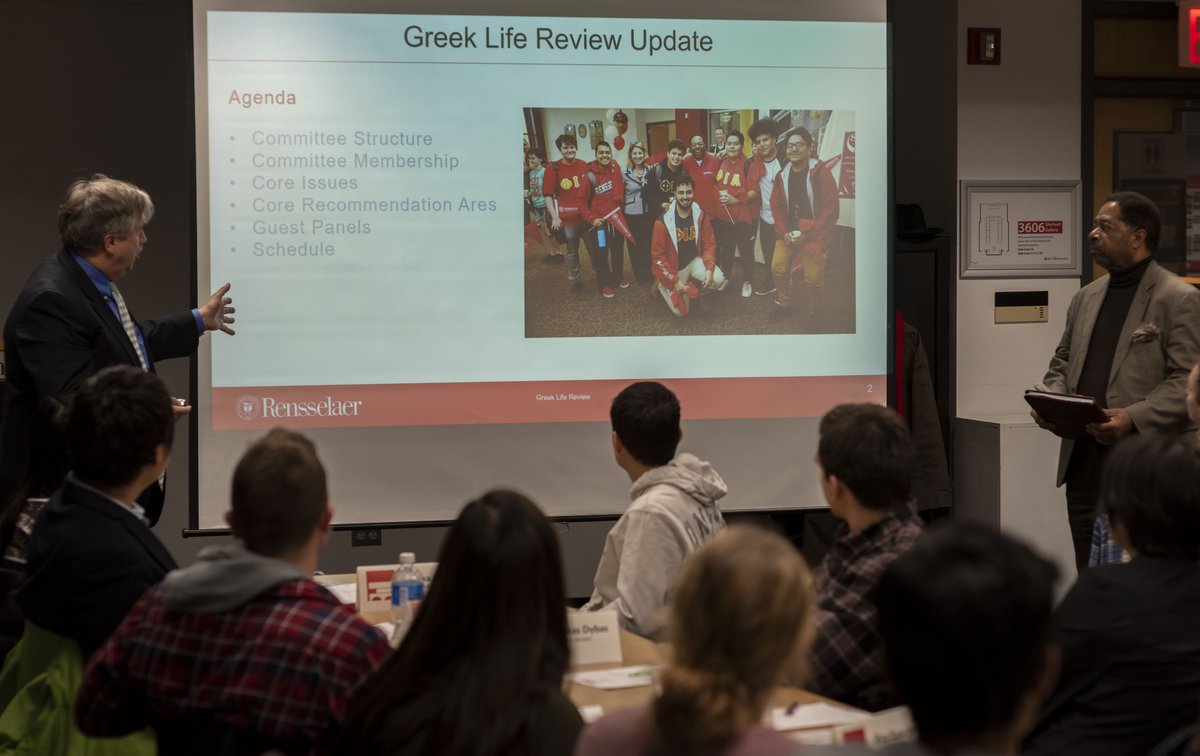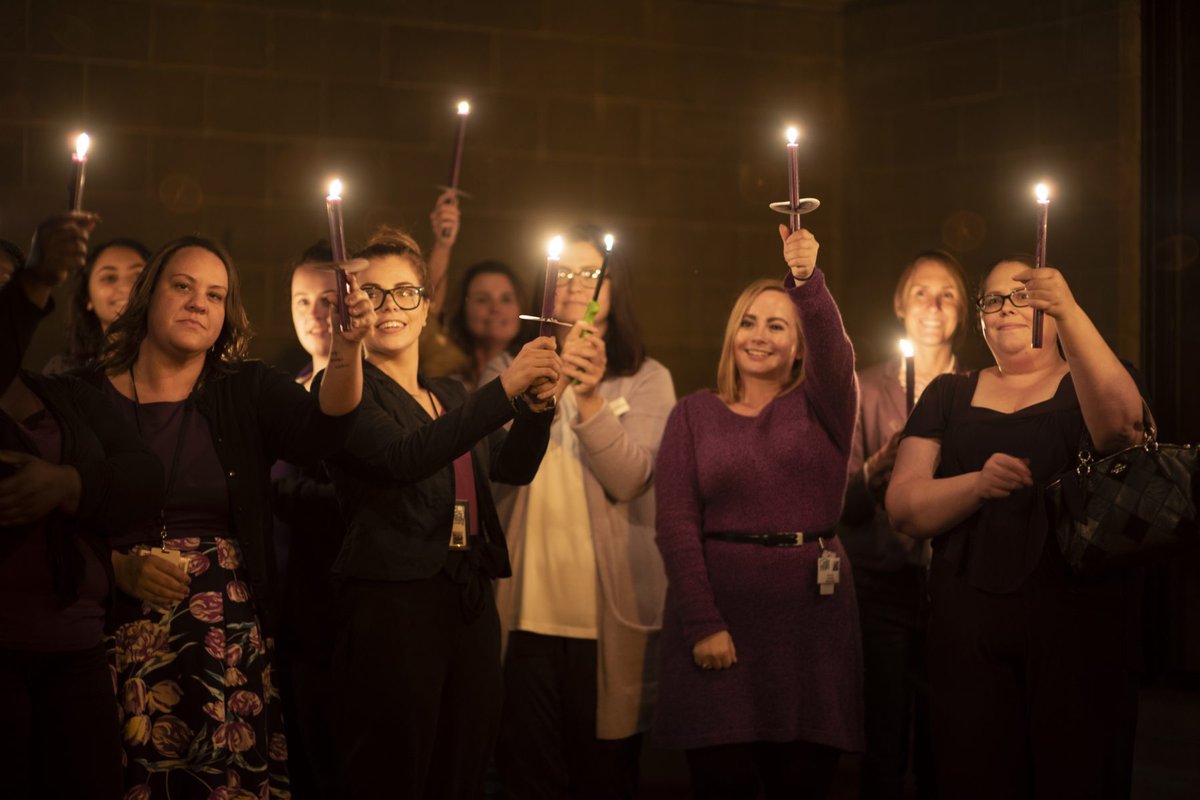Director of EMPAC shares creative vision
“Not more of the same, but the other.” This is Johannes Goebel’s motto as the director of the Experimental Media and Performing Arts Center. Professor Goebel is the driving creative visionary behind much of what EMPAC has to offer. He started at Rensselaer in July 2002 with the goal of creating and developing a creative space for students and professionals—both artistically and technologically driven—to push the boundaries of science, technology, and the arts.
Goebel grew up in Germany and spent 1966 in America for an exchange program. Although he experienced America during the ‘60s—a time well known for its massive social movements and turbulent times—Johannes explained that, “I was living in a family which was strongly Southern Baptist-based, I had no idea what was going on in San Francisco, and the most I heard about the war was from the pastor’s sermons.” After returning to Germany, he planned on being a musician, but those plans were dashed when “[his] music teacher told [him] that [he] was not good enough.” It was after this realization that Goebel went to school for theology, which, in Germany, is more philosophy and language-based. But during his theological studies, Gobel went to an event featuring an array of four speakers playing a cowbell in surround sound. It was this experience which would inspire him to switch tracks and pursue the then-burgeoning field of digital music.
Once he had completed his education, he started as a musician experimenting, teaching, and recording with instruments built with different metals and improvising with “scrap metal.” He soon became a composer and later a curator, of the Hohe Ufer Konzerte in Hannover, Germany because he had to support his family. It was between 1977 and 1990 that Goebel really started to get involved in electronic music. He explained that, “I was not accepted by the contemporary and moved to the fringe.” In 1977, he was given a two-year grant to study in the brand new field of computer music at the only place which offered such an opportunity: Stanford University. He continued to fly back and forth between his office in Stanford and his base in Germany, further exploring the field of electronic music throughout the ‘80s.
Between 1990 and 2002, Goebel was chosen to direct the Institute for Music and Acoustics at the Zentrum für Kunst und Medientechnologie. Johannes was the guiding mind behind how both new museums were used for research, production, and performance. During his directorship at the Zentrum für Kunst und Medientechnologie, he lectured and published on topics related to computer music, as well as how it should interact with the technology necessary.
It was later in 2002, at the end of his tenure, as director, that he was approached by representatives from Rensselaer offering him an opportunity to spearhead the development of a space which would serve as the intersection between art and technology. He accepted and, in July of 2002, became a tenured professor in the Arts Department and in the School of Architecture, as well as the founding director of EMPAC.
Goebel’s vision for the space stressed the importance of its ability to seamlessly meld technology, art, and research while still being tailored to the human scale, and accommodating even the most demanding resources for professionals and students alike. Goebel wanted the space to be versatile. Each room is designed specifically to accommodate the three main senses: sound, sight, and perception of space. For example, every stage allows for the full spectrum of sound, from the most quiet to the loudest. The stages in each theater are not elevated above the seating, which creates a feeling of openness. In this way, the design of the building is meant to reach humans at a base level. For those in pursuit of “the other,” Professor Goebel hopes that EMPAC can bridge the gap between humans and technology without compromising the human experience.
In response to complaints about limited availability for students, Goebel explained that a project-based system is central to the fulfillment of his vision for EMPAC. Rather than allowing anyone to freely book dates and spaces within EMPAC—creating a “swiss-cheese” situation—Goebel has made EMPAC’s first priority a variety of long-term, high-quality projects that can take anywhere between weeks and years to complete. While this may limit student access, he emphasizes that this is entirely in keeping with EMPAC’s mission.
EMPAC is dedicated, not to creating easily palatable consumer art, but to creating “things which are challenging, so that you can experience things which you may not have experienced before.” Selective access to EMPAC resources and support from curators allows the artists in residence to take full advantage of the center’s unique technological capabilities and create events with the highest possible production value.
In addition to providing students a place to further their own artistic and creative endeavours, Goebel also wishes to allow students the opportunity to experience challenging performances. He firmly believes in the importance of stretching the mental horizons of RPI’s largely technologically and scientifically oriented students, nurturing an appreciation of art in people who “might not have ever experienced anything similar in their lives,” and showing them exciting new possibilities for utilizing their STEM talents. He went on to say that “It’s about you experiencing culture, having an open mind, and experiencing new things which cover the full range from emotions to the intellectual.”
Goebel strives to keep students in its focus and long-term mission. All events are free to students through the EMPAC+ program, while tickets for community members are moderately priced at $16. Johannes explains that “we don’t do things only because you may like them, so we don’t invite boy or girl groups or DJ X, Y, or Z because we think we can sell many tickets. What we do is things which we find challenging, which you may have not experienced before; actually, you may come and find that you did not like it, and that is just fine.” The objective is not to please the crowd, but to stimulate those who are open.
Goebel went on to say that any given event might be comprised of “around 30 to 40 percent students,” which compares favorably to other schools, where they can expect to bring in crowds of “around 10 to 15 percent students.” While EMPAC has been fairly successful in its outreach efforts, he expressed that, “I wish there were a way to open that window for students to get a new perspective […] How do I communicate to people who have no experience with what we are doing in such a way that they will come and check it out?”
The events this semester will feature performances ranging from dancing at events like SLOW ME DOWN, to films like “If It Bleeds,” to music like the Formosa Quartet. In addition to the regularly scheduled programs EMPAC is celebrating its 10-year anniversary, which will showcase five newly commissioned artists in residence and their works in music, theater, film, and dance over the course of three days—October 11 through 13—and four different venues.
Specials to The Poly Sarina Ho, Jack Palumbo, and Erika Langley contributed reporting.

 Student Senate
Student Senate
 Activism
Activism
 Editorial Notebook
Editorial Notebook